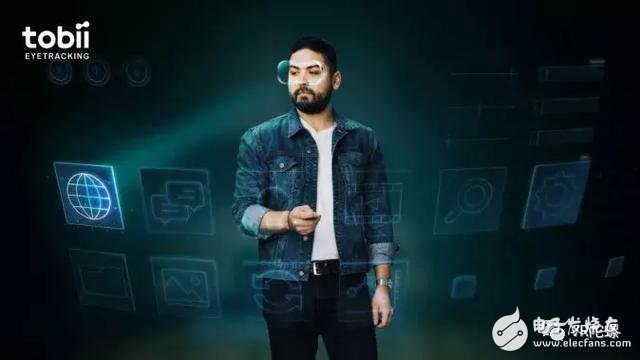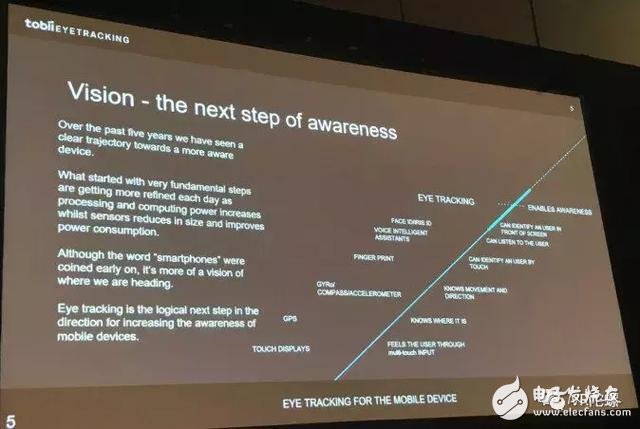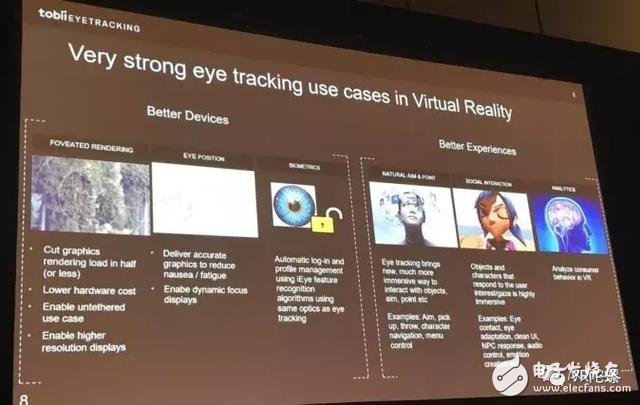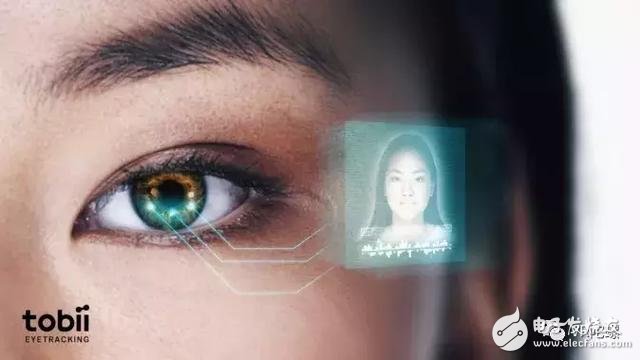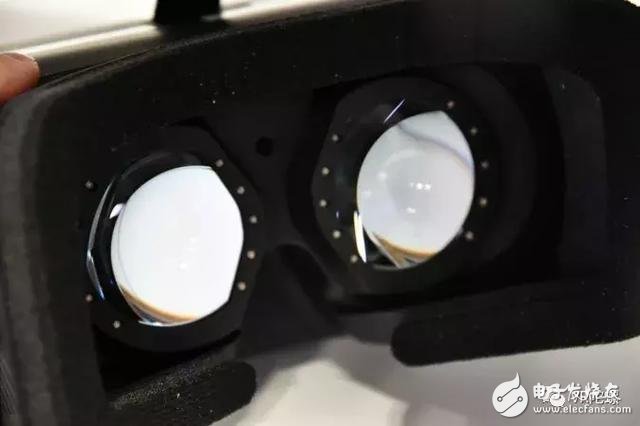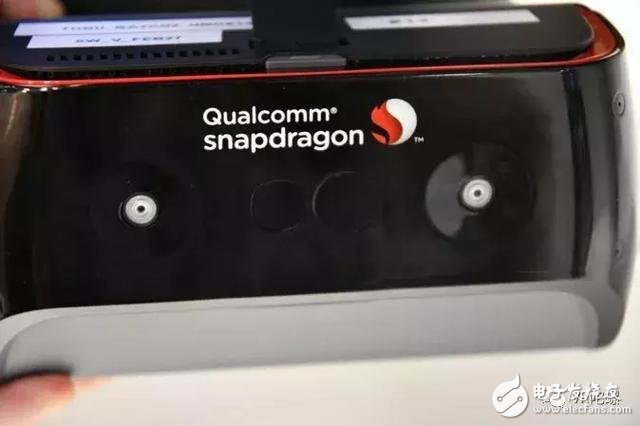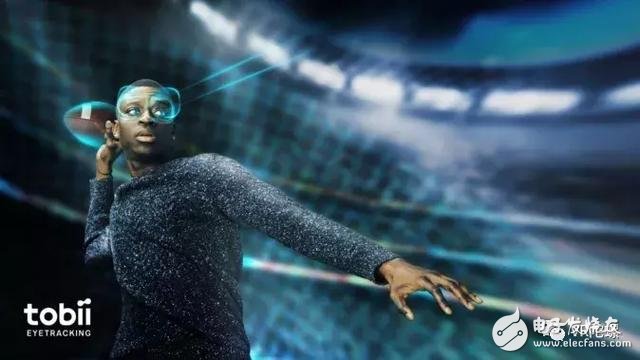Eye tracking technology has been applied to mobile phones long before the consumer side. Nowadays, some VR devices have incorporated this technology into it, in addition to the domestic Qixin Yiwei, Qingyan Technology, etc., such as Japan's FOVE, Sweden's Tobii and others are studying the combination of eye tracking and VR/AR. Let's take a look at the related content with the embedded Xiaobian. Eye tracking can make a big difference to the VR/AR experience. Recently, Sweden's Tobii gave six reasons for this problem. Today's VR/AR devices are "blind" "Now VR/AR devices don't have the ability to understand users," Tobii's business director Oscar said. He believes that the current VR/AR devices are "passive", just accepting the user's instructions blindly, even the device with facial recognition function such as iPhone X does not fully understand the user. By putting "eyes" on the device so that the device can understand the user for a better experience, Oscar believes that eye tracking is an important technology to achieve this. Tobii has been developing eye tracking, which can be combined with PC and VR devices. In June last year, the HTC Vive+ eye tracking development kit, VR4, was released. In cooperation with Qualcomm, the goal is to make eye tracking a standard for VR heads. Features that make this feature available in every VR device. Evolution through eye tracking Tobii currently applies eye tracking technology to six major areas and divides it into two major directions: "Let the device evolve" and "Let the experience evolve." Let the device evolve The classification of device evolution is mainly divided into three parts: Foveated Rendering, Eye PosiTIon, and Biometrics. The gaze point rendering technology is considered to be a must-have capability for the next generation of head-mounted graphics. This technology can reduce the requirement for graphics rendering. The graphics card will focus on the area where the user's eyes are gazing, while the area outside this area is blurred layer by layer. display. Eyeball positioning can improve the VR experience by detecting the position of the eyeball and keeping the content at the center of the angle of view. The last biometric identification is to identify the user through the characteristics of the pupil to implement functions such as automatic login. Let experience evolve Directly related to content and experience are divided into three areas: “eye tracking operationâ€, “social interaction†and “analysisâ€. Oscar highlighted the eye tracking operation. "In the PC era, people's operating habits are to move the mouse and click after the eye sees the target, to achieve the purpose of operation, the mouse and the keyboard become the medium in the middle; and when the smart phone appears, the user can directly operate by hand, touch Screen and sliding screens greatly save operating time." PC: Identify the target → move the mouse → click Smartphone: Identify the target → finger click Most of the VR content now: recognition target → mobile controller → click For today's users who are used to this kind of operation, the speed of the VR experience is not strong, and even feels a bit slow, and eye tracking is the most direct way to interact, and the most understandable user needs. In addition, in the "social interaction" section, Oscar showed a demo. In social applications, the most important thing is to communicate and interact. In addition to avatars and voices, body language, facial expressions, and eyes are important factors in promoting communication. In the Demo, Avatar, which is not tracked by the eyeball, looks stiff and completely obscured by what kind of emotions; Avatar, which uses eye tracking, looks a lot more vivid. At this year's GDC2018, Qualcomm demonstrated the latest VR all-in-one with the Snapdragon 845, which combines Tobii's eye tracking kit. Improve the accuracy of gesture recognition In addition to the above areas, Tobii is also studying the use of eye tracking to improve the accuracy of gesture recognition. Nowadays, many sports-related simulation experiences and games are using VR extensively, and gesture recognition is also looking for a place. For example, an action such as pitching, because each person's arm length and pitching action are different, it is difficult to identify where the ball is thrown by gesture recognition, but with eye tracking, it is possible to know which position the user is looking at. Collect data to guess the target point of the ball. Both in simulation training and in the development of VR games can have a good effect. Eyeball tracking six reasons for VR/AR evolution Finally, Oscar said that Tobii will continue to invest more in eye tracking technology to develop and make the VR/AR experience enter the next stage – understanding users. Glass Display,High Transparency Led Glass Digital Screen,Glass Window Led Advertising Display,High Level Outdoor Glass Led Display Kindwin Technology (H.K.) Limited , https://www.szktlled.com